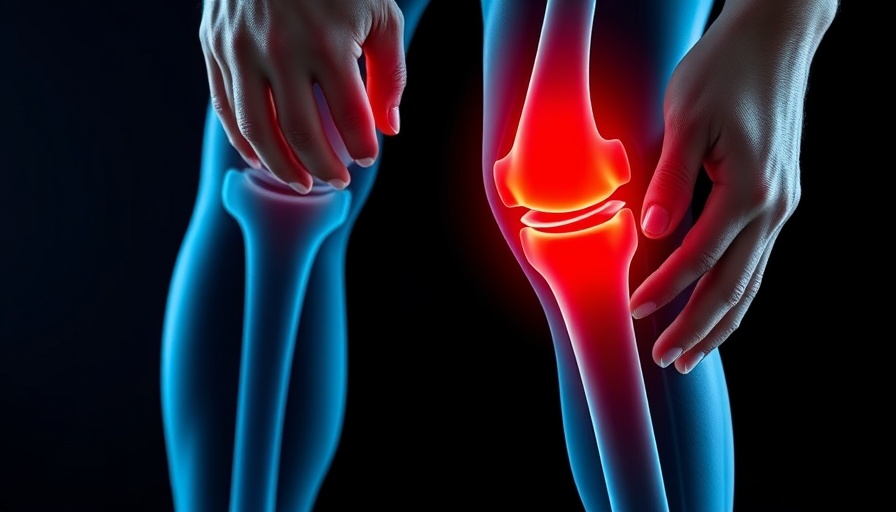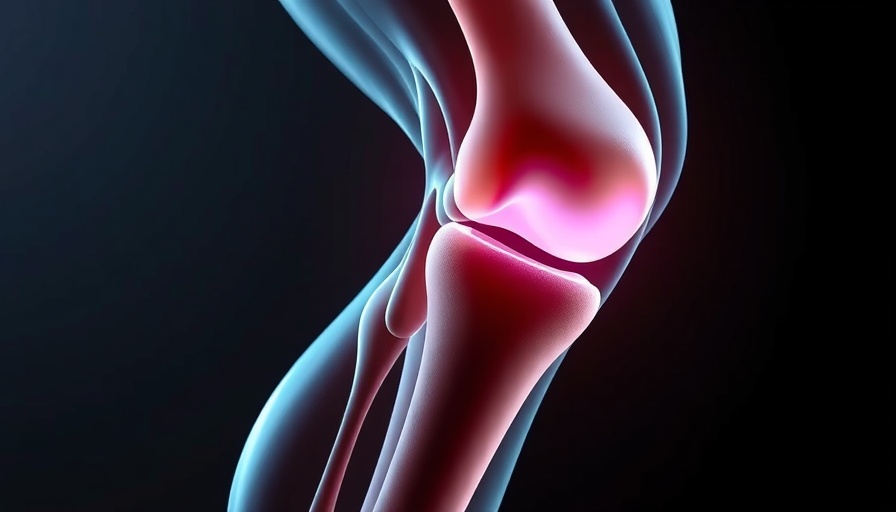
The Hidden Impact of Routine X-Rays on Patients
For many, a visit to the doctor for knee pain ends up with an X-ray, yet recent research reveals the surprising consequences of this common practice. Routine X-rays for knee osteoarthritis, while seemingly standard, might actually lead to increased anxiety among patients, pushing them toward considering drastic measures such as surgery. This is particularly concerning given that knee osteoarthritis affects millions around the world, and the mental strain brought about by imaging results can undermine the effectiveness of more conservative treatment options.
Osteoarthritis: Understanding the Condition
Knee osteoarthritis arises from changes within the joint, often caused by age, obesity, or prior injuries. While it is often perceived as a mere result of wear and tear, research indicates that the level of structural change visible on an X-ray doesn’t always correlate with the pain or disability a person experiences. This misconception can lead to a snowball effect; a patient sees alarming X-ray images and, uncertainty swells — they may begin to believe that surgery is their only option.
Emotional and Psychological Effects of Imaging
The psychological impact of being presented with an X-ray can’t be underestimated. Doctors often fail to explain that the visible problems may not accurately represent their current condition or prospects. This misinterpretation can lead patients to withdraw from physical activities, fearing they might exacerbate their situation — a cycle that ultimately can worsen their condition over time. Emotional responses such as anxiety regarding exercising or fear of surgery become barriers to effective self-management.
Shifting Towards Clinical Diagnoses: A Better Approach
Experts suggest shifting the focus from imaging to clinical diagnosis, which can reduce anxiety and encourage more favorable treatment outcomes. By relying on symptoms and medical history, GPs can make effective treatment decisions without unnecessary scans. This approach not only saves costs—more than A$104.7 million annually from imaging—but also empowers patients to engage more fully in their care, leading to improved health outcomes.
Rethinking Treatment Options: Beyond Surgery
Surgery, while sometimes necessary for those with severe symptoms, should not be the go-to solution for all osteoarthritis cases. Instead, a comprehensive plan that includes education, self-management, and personalized physical activity can be beneficial. Non-surgical treatments such as pain relief medication, guided exercise regimes, and weight management play pivotal roles in maintaining quality of life for those with knee osteoarthritis.
The Personal Touch: Stories from the Community
In our local communities, many individuals triumph over knee pain without surgical interventions. Take, for instance, a neighbor who embarked on a journey of self-discovery through physical therapy and community-led fitness groups. Their experience emphasizes the importance of staying active and connected, demonstrating that optimism and support can transform how we approach our health-care choices.
What Does This Mean for You?
If you're dealing with knee pain or have been diagnosed with osteoarthritis, it’s crucial to understand that the path to recovery is not one-size-fits-all. Consider engaging with your healthcare provider about alternative treatments before jumping to surgical solutions. Knowledge is power, and being informed about your options will allow you to reclaim control over your health.
In Conclusion: Make Informed Choices
As we evolve in our understanding of osteoarthritis and treatment methods, it is vital for patients to recognize that X-rays might not tell the whole story. Opting for a clinical diagnosis encourages a focus on what truly matters—patient empowerment, effective care, and, most importantly, quality of life. Equip yourself with knowledge, emotional support, and the courage to explore all options available to you.
If you’re navigating knee pain, take the next step today—discuss your options with your physician and consider exploring non-invasive treatments. Every journey to recovery starts with a single step.
 Add Row
Add Row  Add
Add 




Write A Comment